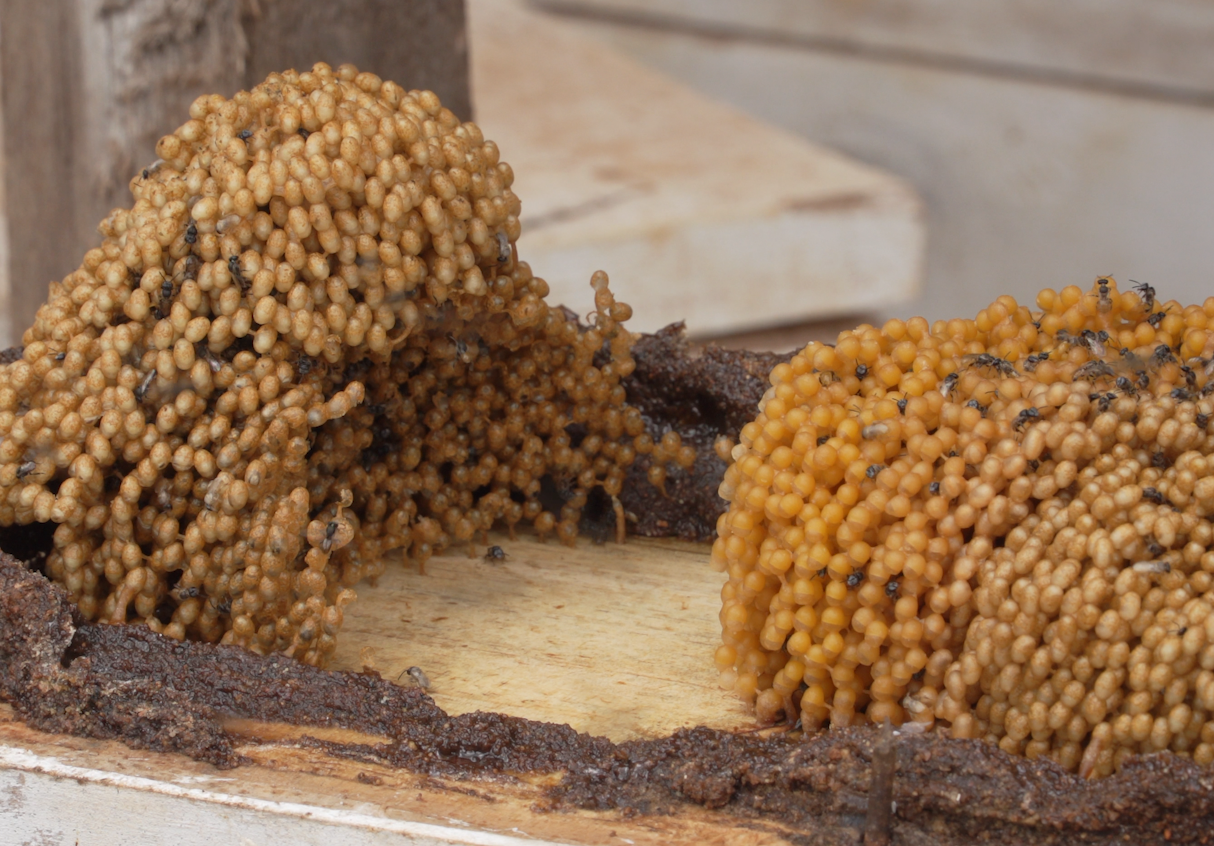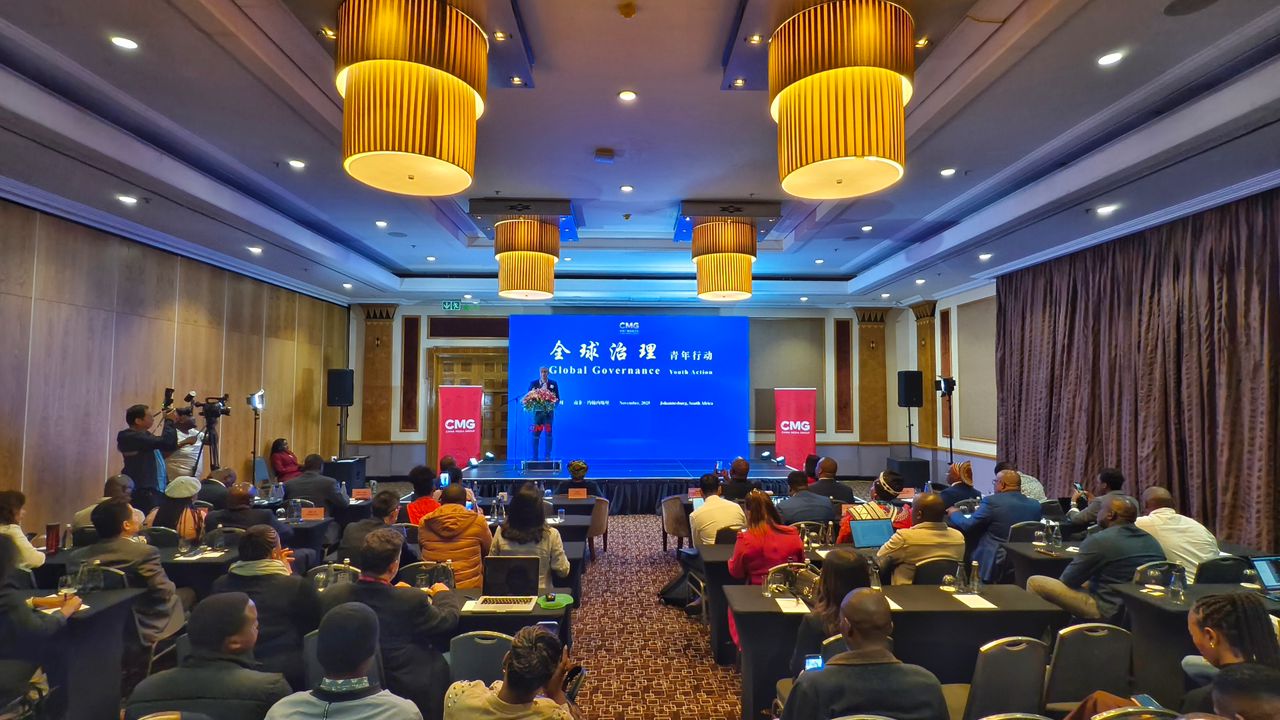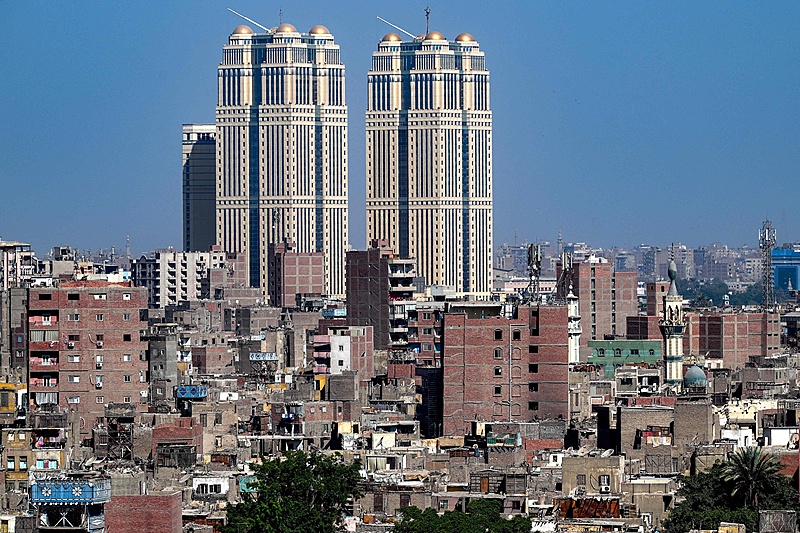
Angola becomes Africa’s new hot spot for elephant poaching
The rate of elephant poaching in Angola is among the highest in Africa following the Great Elephant Census (GEC) reports National Geographic.
GEC is the first standardized aerial survey of savanna elephants that has surveyed 18 African national so far with South Sudan and Central African Republic now under way.
Before Angola’s civil war, which took place from 1975 to 2002, the country was thought to be home to 200,000 elephants, possibly the highest number in Africa. Then in the ’80s reports emerged that Angolan military groupswere using ivory to pay for arms and food and that 100,000 elephants may have been killed and recent GEC study shows that Angola has some 3,400 elephants in southern Angola, sine the survey was on the largest stronghold of elephants in Angola, which is in the Luiana Partial Reserve along the Cuando, Cuito, and Cubango Rivers reports Nat Geo.
“Our aerial surveys between 2003 and 2005 confirmed that elephants were re-colonizing Angola where civil war, landmines, and poaching had evicted them decades before.” Said Mike Chase, ecologist and lead survey investigator in the survey to Nat Geo
Angola is losing 10 percent of its elephants each year, a higher mortality rate than any other country on the GEC. The animals are facing very high poaching incidents. Elephants in the area are changing their habits, becoming more nocturnal – moving more at night- due to the poaching risks.
According to Chase, traffickers and poachers are targeting Angola because they have left nothing in southwest Zambia which borders Angola in the East. Namibia is well protected plus Botswana’s government has no tolerance to poaching and poachers know that Angola has a limited capacity to manage its wildlife.
Angola government has vowed to do everything to stop poaching by initiating anti-poaching control measures.
“I believe the Angolans didn’t know they had a poaching problem—they have no idea what wildlife heritage is still left here. How can you protect something if you don’t know how many you have, and what the challenges are to their survival?” Said Chase







